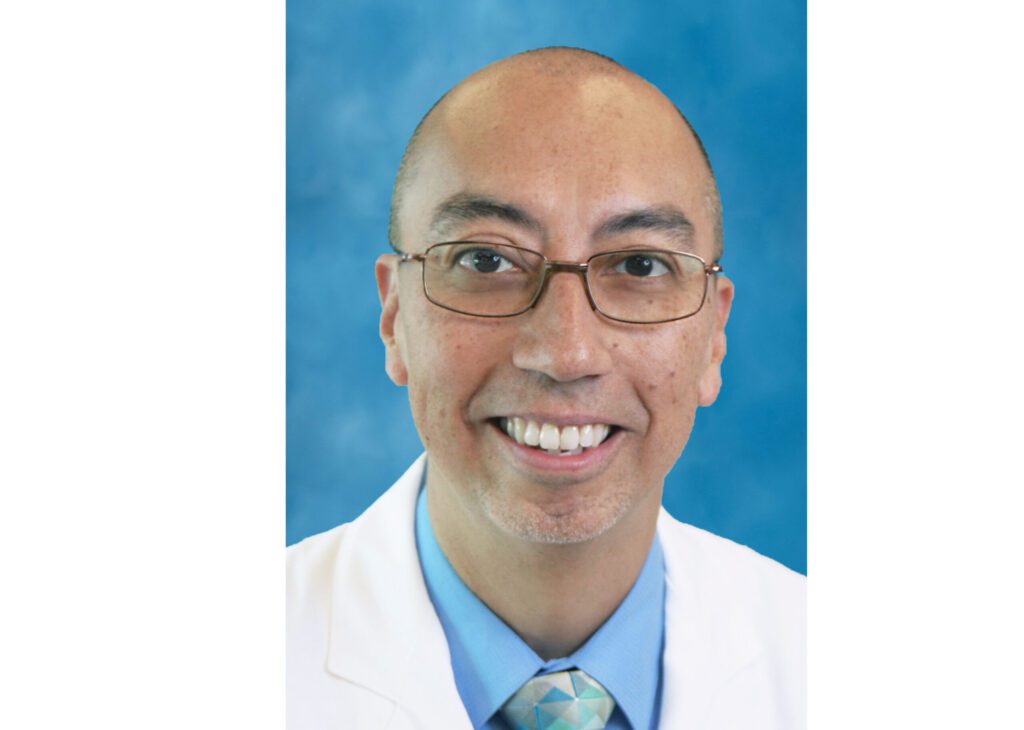From ECT to TMS, Lakeland Regional Health Has Powerful Tools for Fighting Depression
By TERESA SCHIFFER
Depression is an insidious illness. It can affect people in a myriad of ways, making it difficult to identify at times. If left untreated, it has the potential to impact the individual’s life in a profoundly negative way. Jobs can be lost, relationships destroyed, physical health may deteriorate, and in too many cases, suicide can result. Clinical depression can strike anyone, regardless of age, gender, race, or social status. It is estimated that anywhere from eight to 20 percent of the population will suffer from major depression at some point in their lives. Recognizing the signs of depression in a loved one and helping them to receive appropriate medical care can be live-saving.
Fortunately, there are several effective treatments available for managing depression. Psychotherapy can help a person change their habits, ways of thinking, and behavior in order to alleviate depression. Antidepressant medication helps a lot of people manage or overcome depressive symptoms. While medication is advantageous for many patients, in some cases it carries serious risks and side effects. Not everyone responds positively to psychotherapy or medication. In cases of severe depression that is unaffected by these treatment options, brain stimulation therapies can be invaluable.
The two most widely used forms of brain stimulation therapy are electroconvulsive therapy (ECT) and transcranial magnetic stimulation (TMS). Both of these treatments will soon be available at Lakeland Regional Health, under the direction of Dr. Mark Weisman, a medical doctor board-certified in psychiatry holding certifications in both ECT and TMS.
“While medications do help a lot of our patients,” Weisman says, “and therapy may be a good option, too, there is still a pretty significant portion of patients who do not respond adequately to conventional treatment. So the impetus for bringing in ECT and, more recently, TMS, is to make sure that we have the absolute best options available for our patients who are not getting adequate treatment through conventional means. TMS and ECT are the two best treatments for depression.”
ECT is a time-tested, highly effective remedy for severe depression. “Electroconvulsive therapy is actually one of the oldest treatments in the psychiatric world,” Weisman explains. “It’s been around for almost a hundred years.” During this treatment, electrode pads are placed on the head and an electrical stimulus is used to induce a short (approximately 30-second) seizure. The procedure is conducted under mild anesthesia, and neuromuscular blockers are administered to prevent a motor seizure. It is a very safe and benign procedure, unlike the fear-inducing depictions so common in movies.
A patient receiving ECT treatment generally has the procedure performed on alternating days, three days per week. Treatments are administered in a dedicated suite at a hospital where an anesthesiologist is on hand and an EKG monitor is available to ensure that the patient’s heart is beating as it should during the procedure. It takes about 30 minutes after the procedure for the patient to return to their baseline level of alertness. “A typical treatment course is, on average, 12 treatments,” Weisman says. “And some people who do not respond to other treatments, and yet have a very positive response to ECT, will sometimes stay in a maintenance course, where they might get an ECT treatment once a month, for example, indefinitely.”
“By contrast, TMS is a much newer treatment modality,” Weisman explains. “It’s also, like ECT, indicated primarily for depression, although there is evidence it has helped with anxiety disorders and post-traumatic stress disorders as well.” TMS works differently from ECT. It is based on the physics principle of Faraday’s Law, which governs the relationship between electricity and magnetism. The brain operates similarly to an electrical circuit, and the neurons can be affected by a magnetic pulse.
TMS is performed on an outpatient basis, wherein the patient visits an office to simply sit in a chair to receive the treatment. On the first visit, the attending psychiatrist will do a cortical mapping to determine the appropriate energy setting for the procedure. Then the center of the brain that controls mood is stimulated through TMS for approximately half an hour. A typical course of TMS treatment consists of five visits per week for six weeks. Anesthesia is not necessary, so the patient is able to drive themselves to and from appointments.
Lakeland Regional Health Medical Center already has a dedicated facility set up for ECT treatments, with appropriate monitoring and staff in place, including three psychiatrists. An ECT machine is relatively easy to obtain and set up. The machine for TMS treatment, on the other hand, carries a $100,000 price tag and requires more specialized circuitry to install, in addition to a soundproof room, due to the noise the machine makes. Weisman will be working on the TMS unit, along with up to four other certified psychiatrists. TMS treatment will be administered at the Grasslands Campus, and is expected to be available for patients beginning in August.
The accessibility of these two treatments for depression are going to be a great boon for Polk County, where the rate of suicides among 19– to 21-year-olds has doubled in the past 10 years, and mental health services have been woefully inadequate for years. Early recognition and intervention is crucial for positive mental health outcomes.
“Lakeland Regional Health has shown a tremendous commitment to trying to improve the overall quality of mental health treatment in this region,” Weisman says. “Offering ECT and TMS treatments could quite literally save the lives of many of our most vulnerable citizens.”
